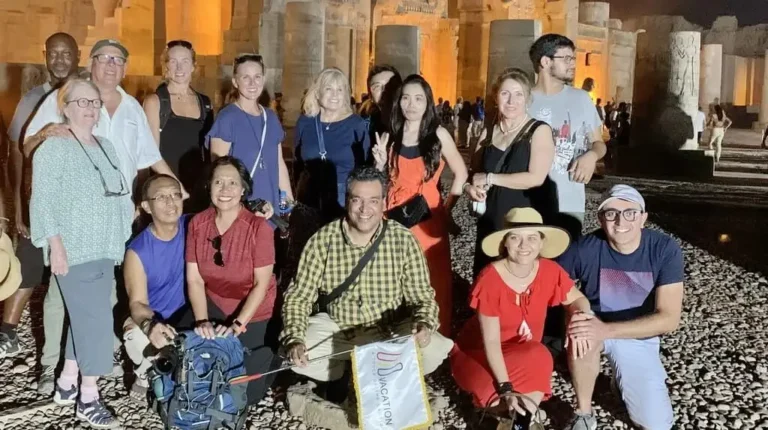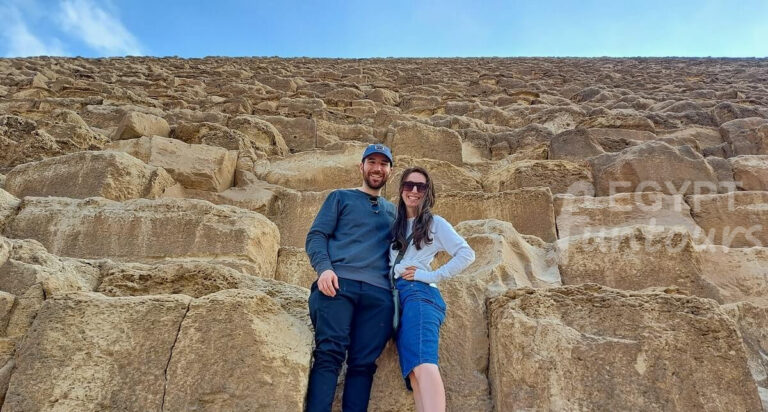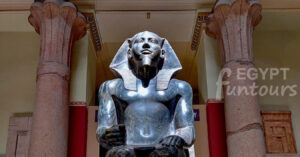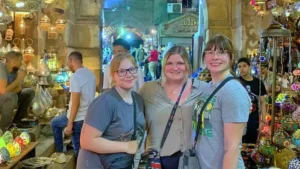Ancient Egyptian Protector of Home and Joy
Often depicted as a dwarf with a lion’s mane, a prominent beard, and a feathered headdress, God Bes stands out in the vast pantheon of ancient Egyptian deities. Unlike the grand, majestic gods like Ra or Osiris, Bes was a more personal and relatable figure. He was the protector of the home, a guardian against evil, and a bringer of joy, music, and celebration. His unique appearance and powerful role made him a beloved deity for thousands of years.
A Deeper Look at a Unique Deity
Bes was a composite deity, meaning he incorporated features from several different beings. His dwarfish form was not a sign of weakness but of strength and power. Dwarves held a special status in ancient Egypt, often associated with a connection to the gods. The lion’s mane and tail symbolized his ferocity and protective nature. He was a fierce guardian, capable of warding off snakes, scorpions, and other dangerous creatures that threatened the home. While often considered a single god, Bes was more of a collective name for a group of similar protective deities. These deities shared a common purpose: to defend humanity against malevolent forces. His full name, sometimes written as “Aha,” meant “fighter.” This name perfectly encapsulated his primary function as a divine warrior.
The Many Roles of God Bes
Bes’s influence extended far beyond simple protection. As a multifaceted deity, he handled a wide range of responsibilities. Egyptians considered this his most crucial role. People placed his image on everything from headrests and cosmetic containers to household objects and the walls of their homes. They believed his presence would scare away evil spirits and bring good luck. Expectant mothers particularly revered Bes. People frequently found his image in “birth houses” and on amulets that pregnant women wore. They believed he eased the pain of childbirth and protected the mother and newborn from harm. They also thought his cheerful, dancing form made the birthing process less stressful.
Bes was not a somber god. In fact, he was the opposite. He was a god of revelry, joy, and entertainment. He was often shown playing musical instruments or dancing. This aspect of his personality made him a favorite at festivals and celebrations. His role as a party god was a testament to the Egyptian belief that joy and happiness were also essential for a good life. As a protector of the home, Bes was also a guardian of sleep. Egyptians often placed his image on their headrests. They believed he would watch over them as they slept, warding off nightmares and ensuring a peaceful night’s rest. Bes’s image was often found on cosmetic items like kohl pots and mirrors. This was due to his association with beauty, protection, and fertility. He was believed to help women maintain their beauty and fertility.
God Bes in Art and Iconography
In ancient Egyptian art, you can easily recognize Bes as one of the most distinctive figures. His unique appearance made him simple to identify. Artists almost always depicted him as a dwarf with a large head, a broad nose, and bowed legs. A lion’s mane and tail highlighted his fierce, protective nature. He consistently wore a feathered headdress, similar to those worn by Libyan deities, which suggests a foreign origin for the god, likely from Nubia or Punt. He often showed his face with a scowl, and his tongue sometimes stuck out. This wasn’t a sign of disrespect; instead, it was a powerful gesture meant to frighten away evil spirits.
Bes: A God Who Transcended Borders
Bes’s popularity was not confined to Egypt. His worship spread throughout the Mediterranean world, with his image found in ancient Cyprus, Syria, and even the Roman Empire. This widespread adoration speaks to the universality of his appeal. People everywhere sought a protective and joyful deity to watch over them and their families. Bes’s story is a fascinating one. He was a god of the people, a relatable figure who understood the daily struggles and joys of life. He was a testament to the Egyptian belief that even the smallest and most unique beings could hold immense power. His legacy lives on in museums and archaeological sites around the world, a constant reminder of a god who brought both protection and happiness to those who worshipped him.

























